Some trees do more than provide shade—they hold history in their roots. And when a U.
S. president plants one, it becomes a living monument.
From George Washington’s stately choices to JFK’s carefully selected greenery, these trees have witnessed history unfold. They’ve stood tall through wars, celebrations, and more than a few political scandals.
Want to see them for yourself? Many of these presidential plantings are still thriving, scattered across historic sites, national parks, and the White House grounds.
Get ready for a journey through time—one tree at a time. Here are 15 remarkable trees planted by U.
S. presidents and where you can find them today.
George Washington’s Tulip Poplar
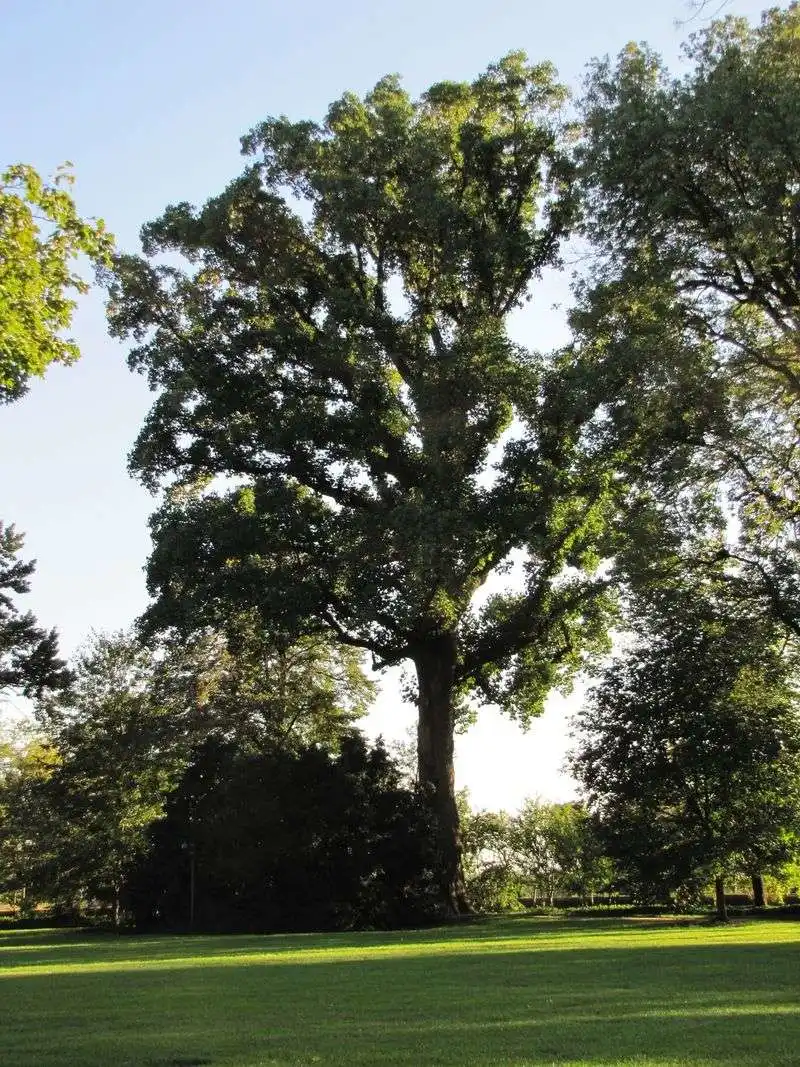
At Mount Vernon, Virginia, stands a Tulip Poplar planted by George Washington himself. This towering giant, nearly 250 years old, continues to thrive, offering visitors a glimpse into the past.
Its sprawling branches and vibrant leaves make it a favorite spot for reflection.
The tree has witnessed countless seasons and visitors, including dignitaries and everyday history enthusiasts. As you stand beneath its canopy, imagine the first President walking these very grounds.
This tree is more than just a plant; it’s a living testament to Washington’s enduring legacy, quietly anchoring the estate with its presence.
Thomas Jefferson’s Southern Magnolia
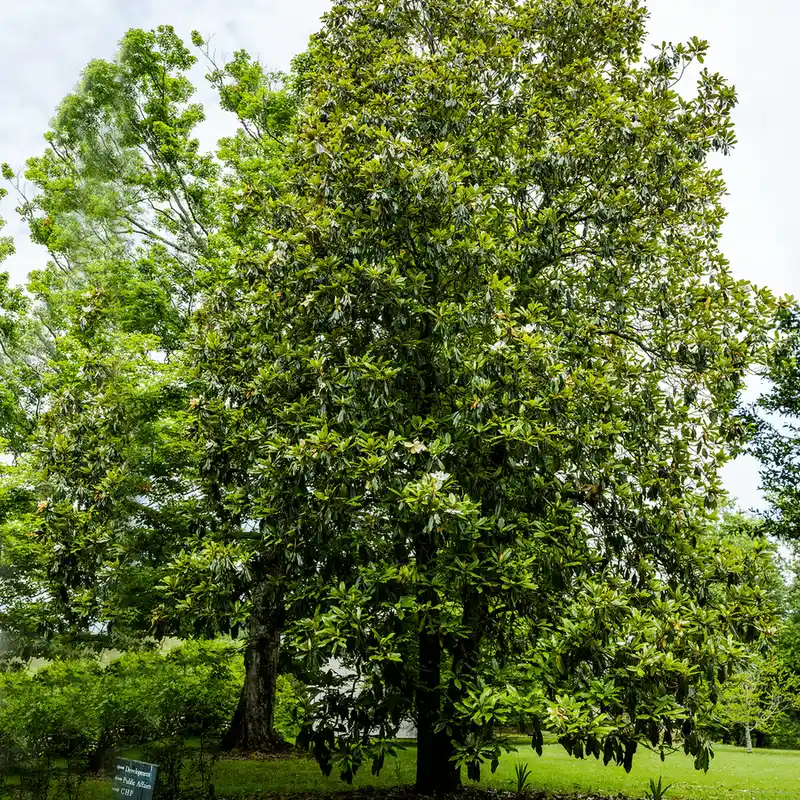
Monticello, Charlottesville, Virginia, is home to a Southern Magnolia planted by Thomas Jefferson. Known for its striking white blooms and glossy leaves, this tree reflects Jefferson’s love for botany and innovation.
Visitors to Monticello are often captivated by the tree’s elegance, which adds charm to the historic estate. It stands as a reminder of Jefferson’s dedication to agriculture and his vision for American horticulture.
Jefferson’s Magnolia provides shade and beauty, inviting reflection on the third President’s passion for nature and design, making it a cherished part of Monticello’s landscape.
John Quincy Adams’ Oak Tree
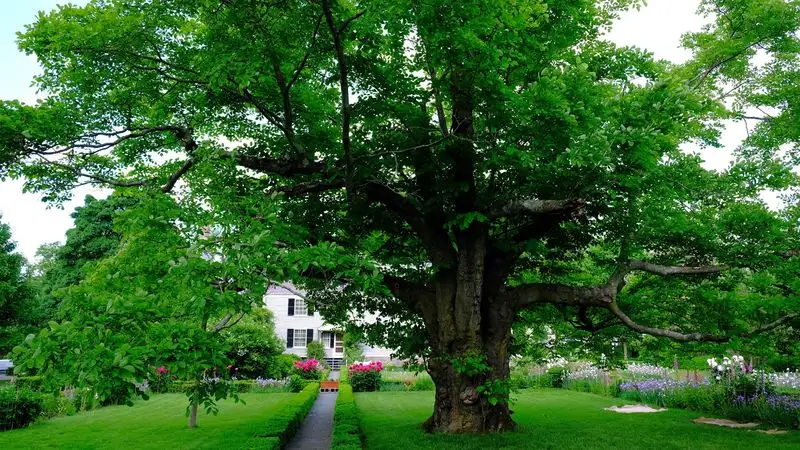
In Quincy, Massachusetts, an Oak tree planted by John Quincy Adams holds a special place in history. This robust tree, with its textured bark and thick branches, symbolizes strength and endurance.
The Oak reflects Adams’ character and the resilience needed during his presidency. It offers a quiet, shady spot for contemplation, a fitting tribute to a man known for his intellect and determination.
For those visiting Quincy, this tree serves as a natural monument, connecting today’s visitors with the past and offering a peaceful retreat amidst the bustling world.
Andrew Jackson’s Hickory Tree
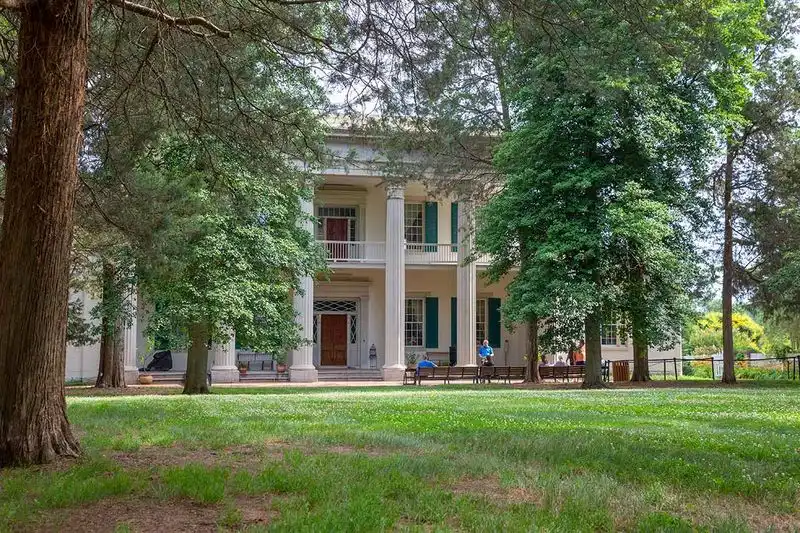
The Hermitage in Nashville, Tennessee, boasts a Hickory tree planted by Andrew Jackson. Known for its golden autumn foliage, this tree is a tribute to Jackson’s nickname, “Old Hickory.
Visitors can enjoy the tree’s shade while exploring the grounds of Jackson’s former home. It symbolizes the toughness and resilience for which Jackson was famous.
As the leaves change color, the Hickory stands as a vibrant reminder of Jackson’s rugged spirit and his impact on American history, making it a must-see for those visiting The Hermitage.
Abraham Lincoln’s Honey Locust

In Springfield, Illinois, a Honey Locust tree planted by Abraham Lincoln graces the landscape with its delicate, fern-like leaves. This tree reflects Lincoln’s humble beginnings and his deep connection to nature.
The Honey Locust provides a serene spot for reflection, inviting visitors to ponder Lincoln’s legacy and the profound changes he brought to the nation. Its airy branches offer a gentle rustle, reminiscent of Lincoln’s thoughtful demeanor.
For those tracing Lincoln’s footsteps, this tree serves as a living link to the past, embodying the spirit of one of America’s most revered presidents.
Theodore Roosevelt’s Sequoia
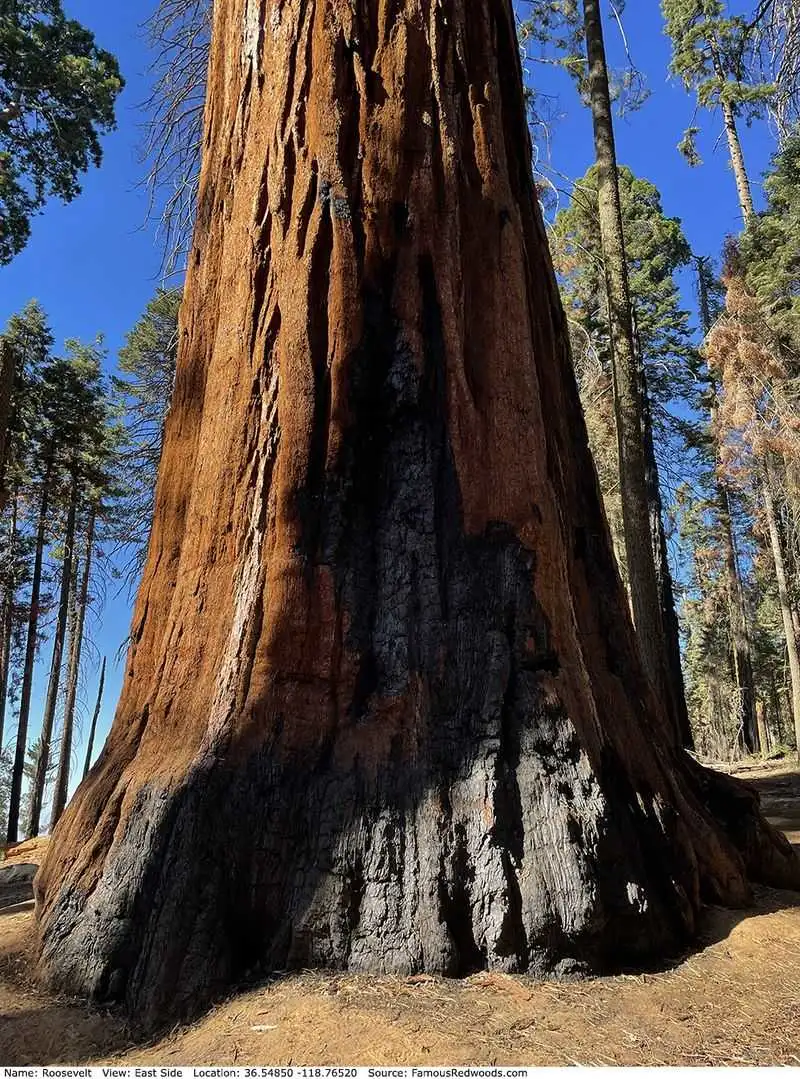
Yosemite National Park, California, is home to a Sequoia tree planted by Theodore Roosevelt. This massive tree, with its thick, reddish trunk, symbolizes Roosevelt’s commitment to conservation and the national parks.
Roosevelt’s Sequoia stands as a testament to his environmental legacy, providing a towering presence amidst the natural splendor of Yosemite. Visitors are often in awe of its grandeur, reflecting Roosevelt’s larger-than-life persona.
The tree’s enduring presence is a reminder of Roosevelt’s vision to preserve America’s natural beauty for future generations, making it a landmark in environmental history.
Franklin D. Roosevelt’s Cherry Tree
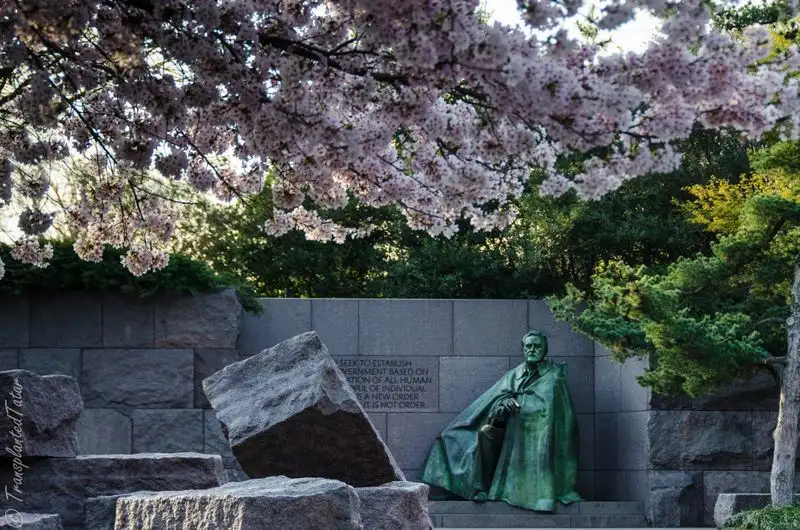
At the Franklin D. Roosevelt Presidential Library and Museum in Hyde Park, New York, a Cherry tree blooms with history.
Planted by FDR, this tree is renowned for its delicate pink blossoms that attract visitors every spring.
The Cherry tree reflects Roosevelt’s leadership during challenging times and his dedication to cultural and environmental projects. It’s a symbol of renewal and hope, much like Roosevelt’s New Deal initiatives.
Visitors can enjoy the tree’s beauty while exploring the library’s exhibits, offering a serene spot to reflect on the lasting impact of FDR’s presidency.
Lyndon B. Johnson’s Live Oak
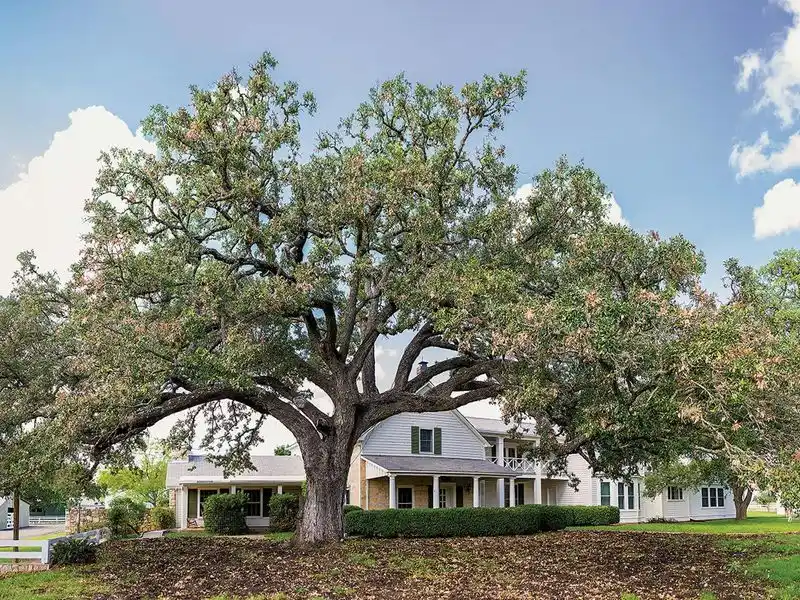
At the Lyndon B. Johnson Ranch in Stonewall, Texas, a Live Oak tree planted by LBJ captivates visitors with its intricate, twisted branches.
This tree embodies Johnson’s Texan roots and his commitment to the land.
The Live Oak offers a shady respite, reflecting LBJ’s efforts to promote environmental conservation and rural development. Its sprawling canopy is an invitation to pause and consider Johnson’s Great Society vision.
For those touring the ranch, this tree stands as a testament to Johnson’s legacy, providing a natural connection to the 36th President’s life and work.
Jimmy Carter’s Peanut Tree
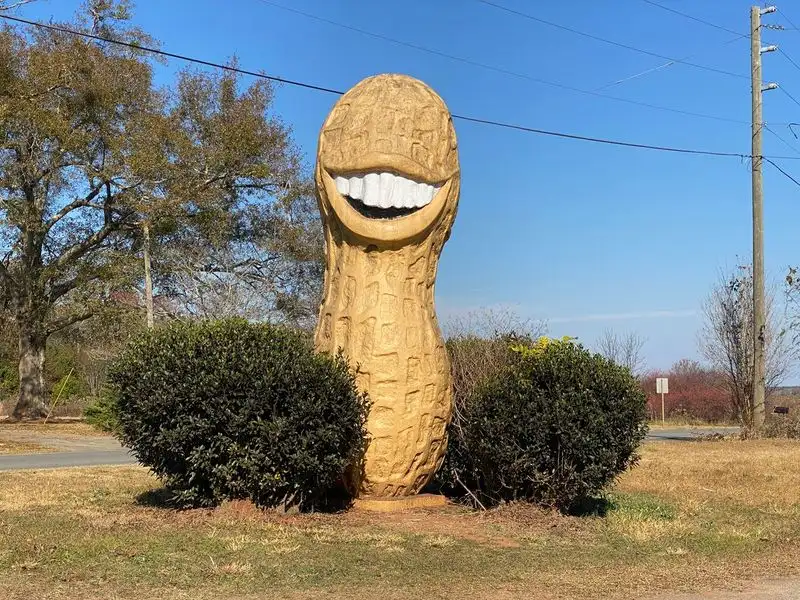
In Plains, Georgia, a unique Peanut Tree planted by Jimmy Carter adds a touch of whimsy to the landscape. This tree reflects Carter’s farming background and his deep connection to the land.
Though not a traditional tree, its presence is a nod to Carter’s humble beginnings and his dedication to agricultural innovation. Visitors are often charmed by its small, nut-like pods, symbolizing Carter’s resourceful and grounded nature.
This quirky addition to Plains serves as a lighthearted reminder of Carter’s roots, offering a playful tribute to the 39th President’s enduring influence.
Ronald Reagan’s Coast Redwood

Eureka, California, is home to a Coast Redwood tree planted by Ronald Reagan. This towering tree stands tall, much like Reagan’s enduring influence on the nation.
The Redwood’s straight, slender trunk and lush foliage are a testament to Reagan’s vision for growth and prosperity. Visitors to Eureka can enjoy the tree’s majestic presence, reflecting on Reagan’s contributions to American life.
As a symbol of strength and resilience, the Coast Redwood is a fitting tribute to Reagan’s legacy, inviting reflection on the lasting impact of his presidency.
George H. W. Bush’s Dogwood Tree
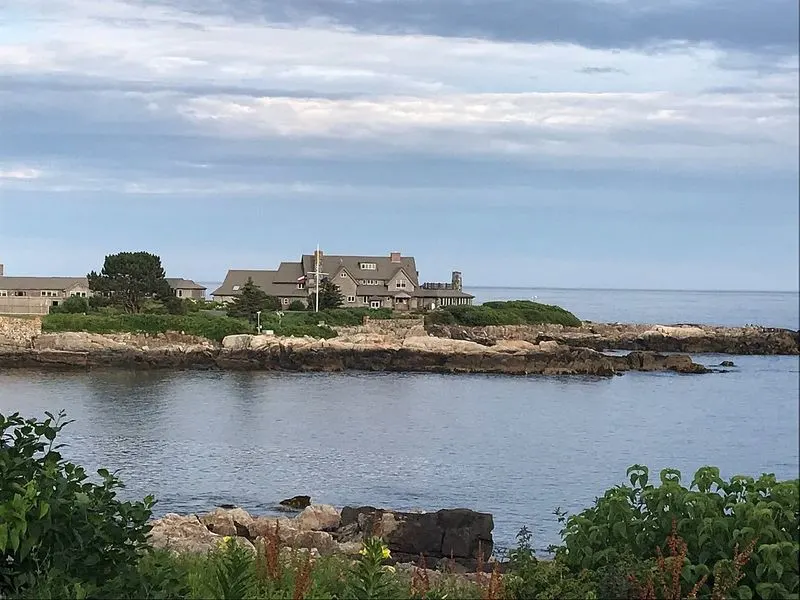
In Kennebunkport, Maine, near the Bush family estate, a Dogwood tree planted by George H. W.
Bush blooms with grace. Known for its delicate white blossoms, the tree is a symbol of peace and resilience.
Bush’s Dogwood offers a serene setting for contemplation, much like his diplomatic approach to leadership. Visitors are drawn to its beauty and the sense of tranquility it imparts.
This tree is a tribute to Bush’s gentle and thoughtful nature, providing a living connection to the 41st President’s legacy and the beautiful surroundings of Kennebunkport.
Bill Clinton’s Cedar Tree
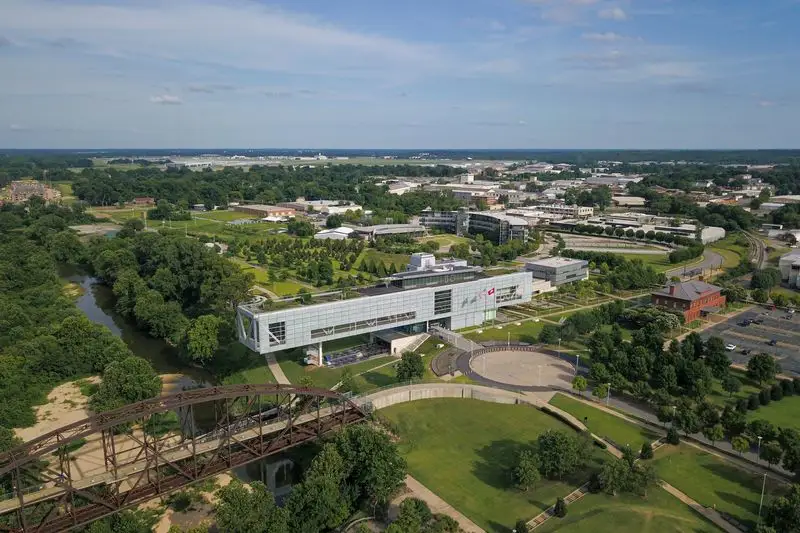
At the Clinton Presidential Center in Little Rock, Arkansas, a Cedar tree planted by Bill Clinton adds a touch of southern charm. Known for its aromatic wood, the Cedar reflects Clinton’s roots and his dedication to public service.
Visitors can enjoy the tree’s distinct scent while exploring the center’s exhibits, offering a multisensory experience that connects them to Clinton’s legacy.
The Cedar stands as a testament to Clinton’s commitment to growth and community, providing a natural centerpiece in the lush gardens surrounding the center.
Barack Obama’s Oak Tree
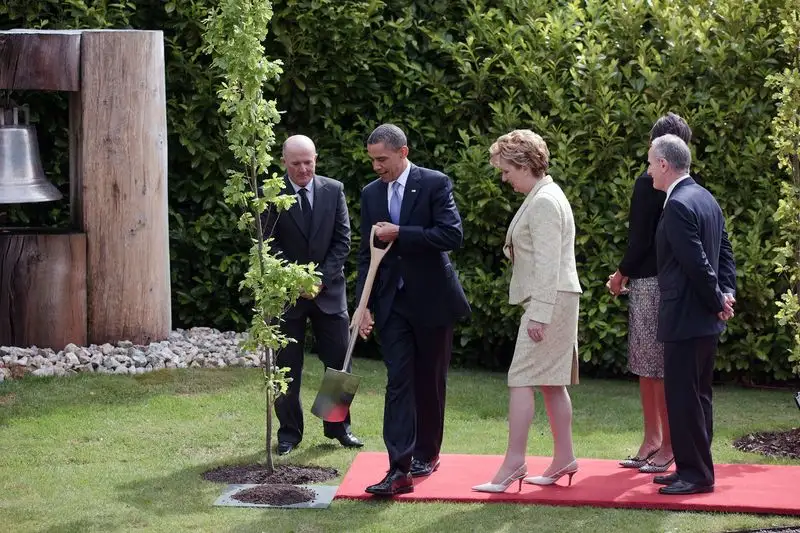
On the White House grounds in Washington, D. C.
, a young Oak tree planted by Barack Obama symbolizes hope and renewal. With its bright green leaves, this tree reflects Obama’s vision for a greener future.
Visitors to the White House can admire the Oak’s youthful vigor, which mirrors the energy and optimism of Obama’s presidency. It stands as a living emblem of change and progress.
This tree is a tribute to Obama’s environmental initiatives, offering a leafy reminder of his efforts to promote sustainability and a healthier planet for generations to come.
Donald Trump’s Blue Spruce
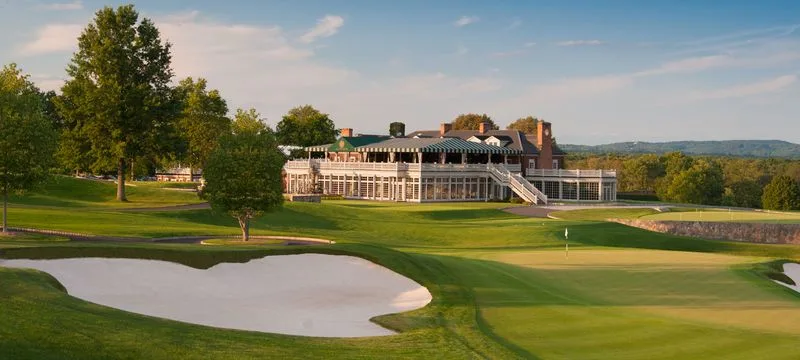
At the Trump National Golf Club in Bedminster, New Jersey, a Blue Spruce tree planted by Donald Trump adds a touch of elegance to the landscape. Its silvery-blue needles are a striking feature, embodying Trump’s flair for the dramatic.
The Blue Spruce symbolizes resilience and prosperity, reflecting Trump’s business acumen and leadership style. Visitors to the club can admire the tree’s unique beauty, offering a moment of tranquility amid the bustling activities.
As a recent addition, this tree represents Trump’s influence on the modern landscape, providing a contemporary link to presidential history.
William Taft’s Beech Tree
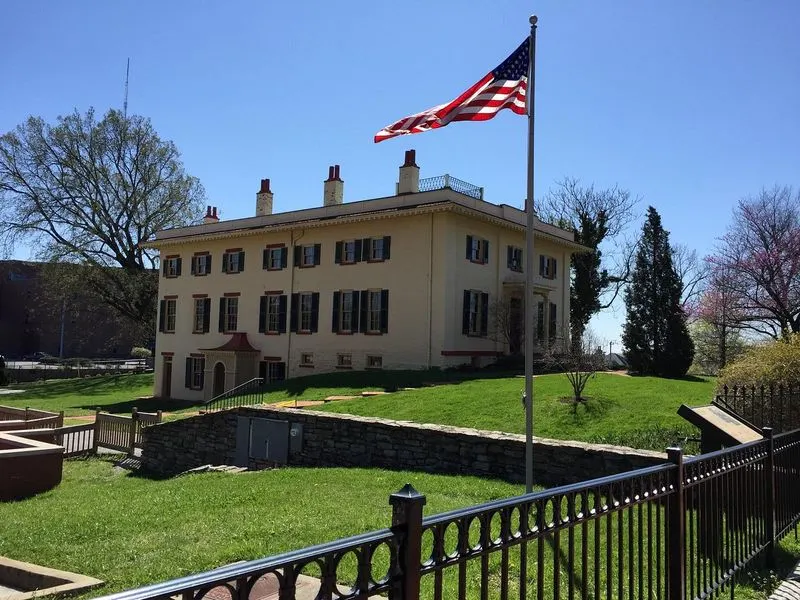
William Taft’s Beech Tree
At the Taft National Historic Site in Cincinnati, Ohio, a graceful beech tree planted by William Taft stands, embodying the elegance and resolve of the nation’s 27th president. This tree symbolizes Taft’s balanced approach to leadership.
The beech tree provides a serene setting for visitors exploring Taft’s legacy, its branches offering a gentle shade over the garden paths. It’s a place where history and nature intertwine.
Whether you’re delving into presidential history or simply enjoying the garden’s beauty, the beech tree adds a meaningful presence to the Taft legacy.

